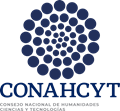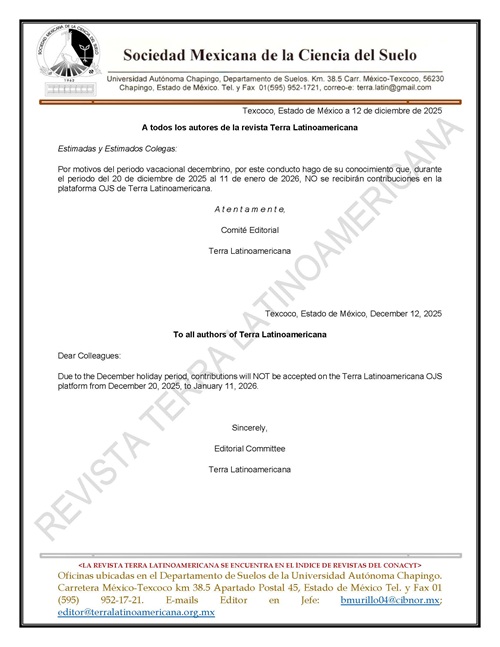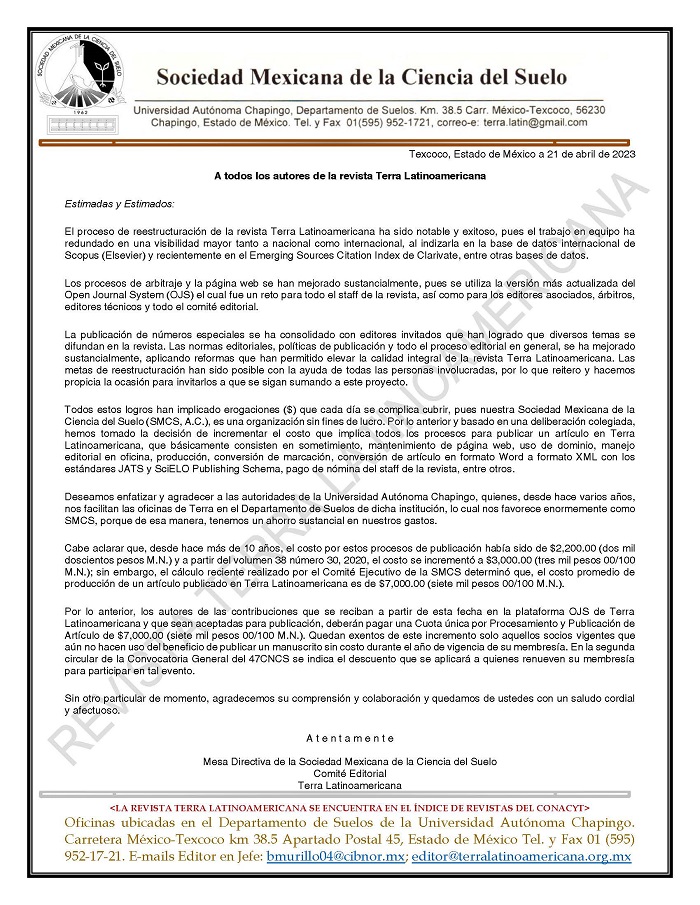Pollutant Removal in Subsurface Flow Artificial Wetlands: A Review
DOI:
https://doi.org/10.28940/terra.v41i0.1715Keywords:
purification, degrading microorganisms, substrate, effluent treatmentAbstract
Artificial wetlands are effective in removing various contaminants from wastewater. In this review study, the latest perspectives on subsurface flow artificial wetlands are analyzed, which use different methodologies for treating contaminated effluents. To achieve this objective, an information search was conducted using keyword filters, during the period from 2015 to 2021. Approximately, 60 studies related to horizontal subsurface flow artificial wetlands were examined, highlighting in the results the mechanisms of contaminant removal. Significant improvements have been obtained in laboratory or pilot scale systems, but the scaling process of these technologies in different configurations should be further explored for efficient elimination and optimal reduction of different contaminants.
Downloads
Publication Facts
Reviewer profiles N/A
Author statements
- Academic society
- Terra Latinoamericana
- Publisher
- Mexican Society of Soil Science, C.A.

















